Zhimingdu [djer-ming-doo] is a Taobao vendor of some reknown, who, like everyone else, has started recently producing their own cakes. This is usually A Good Thing, because such productions typically cut out the middlemen (distributors, etc.) and pass on the savings to the customer. China Chadao has stocked up on these xiaobing - you may remember my previous notes on the Lao Banzhang, which was the priciest of this ZMD series, as is the norm for Banzhang.
Let's take a whistle-stop tour through three new tea-areas.
Bada-bing
(this joke copyright "Ouch", 2009, all rights reserved)
(this joke copyright "Ouch", 2009, all rights reserved)
I had six months away from being able to drink tea "properly" (i.e., at home), while we were in the most dramatic stage of our house reconstruction. During that time, I casually brewed a few cakes that I had found knocking around in my office. One of them was the 2009 Menghai "Bada Organic" - I haven't written notes for it, but it's the cake with the huge hand-written "Bada" on the front (as shown in the image above), and which was supposedly produced at the request of an individual somewhere outside Yunnan (which may have been Guangzhou or Hong Kong). I brewed that Menghai cake several times per week, and became very well-acquainted with it.
The leaves are long and dark, with a heavy tobacco scent. The tiny Xiaguan "Happy Tuocha" is shown for scale.
I found that the Menghai "Bada" cake was grassy and sweet, in a particular way - a very distinct grassiness that you'll probably only recognise after trying it several times. An idiosyncratic grassiness. Nada's 2010 "Bada" cake (more of which later) exhibits precisely the same grassiness - as does this Zhimingdu.
At $14, this cake is much less expensive than the $35 Lao Banzhang (which I would say is a wee bit expensive for what it is). I'm of the opinion that "LBZ" isn't usually worth paying for, unless it's a stunning example. The premium is just too high. Hence, I like to look at tea from other mountains.
This Bada is sugary, clean, and reassuringly yellow. It has a delightfully swollen body of heavy leather, and is decidedly chunky. In fact, it's much chunkier than Nada's 2010 Bada, which is more elegant and refined. This Zhimingdu is clearly made from at least some plantation leaves, but is a very decent example of the mountain - I would thoroughly recommend it in prefernce to the 2009 Menghai Bada, for example.
The colour of the Bada is very welcoming
Over, then, to our next stop on the mountainous tour: the Mengsong...
"Mengsong"
Nakashan is in the Mengsong region, and so we might compare this cake to the 2009 Douji "Naka" or the 2009 Nadacha "Naka". The former was husky and grainy, the latter was creamy and green. The two have little in common.
This Zhimingdu comes down somewhere between the two: it has the granary nature of the Douji, and the creaminess of the Nadacha. In fact, its extreme creaminess reminds me of the lovely little Douji "Dadou" and "Shengdou" bricks that crop up from time to time.
It is a lively, vivid tea. Like the other Zhimingdu, it is a very good second-division tea. While not quite the premium examples of some hand-selected productions, these ZMD are very good mainstream cakes. It tastes like the better end of Dayi or Mengyang Guoyan productions.
The Mengsong is yellow and enjoyable, in its fresh and creamy way
And so, we end with the "Bulang"...
"Bulangshan"
I usually like Bulang cakes. They can be really aggressive, and I am immediately reminded of the agreeable torment of the 2009 Nadacha "Bulang" (and the 2010 Nadacha "Bulang" follows in its monstrous footsteps).
The compression is tight, as with the other xiaobing in this series
This one is unexpected, containing the cereal-like character that I would usually associate with Lincang pu'er. It lasts well in the throat, and is suitably powerful. There is even a suggestion of a "cooling" character in the mouth.
By the third infusion, it has opened into a plantation "brown-ness", alongside its sweet, cereal nature.
All three represent fun little bite-sized tasters of the invididual mountains, and have some of the characteristics that I have come to associate with each. While they are not the very finest grade of leaf, as one would anticipate for mainstream cakes, they are solid. Outside of the Laobanzhang cake, they are also rather decent value, on the Western scale, mostly being priced within the $10-$14 range. "Testers" are usually priced a little higher than full cakes, and this is a decent set.
Thanks again to China Chadao for the opportunity to try the first hand-selected productions from a popular vendor.

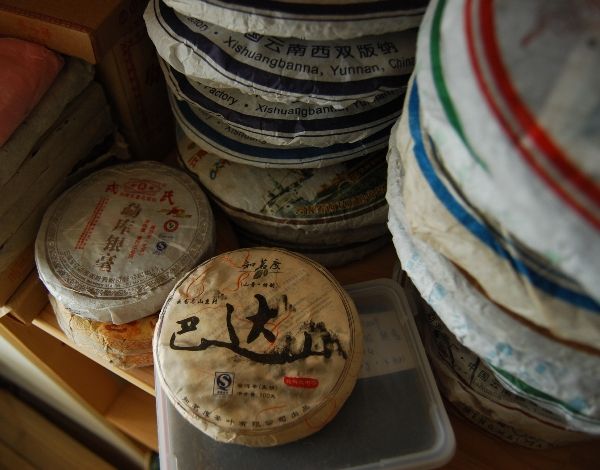
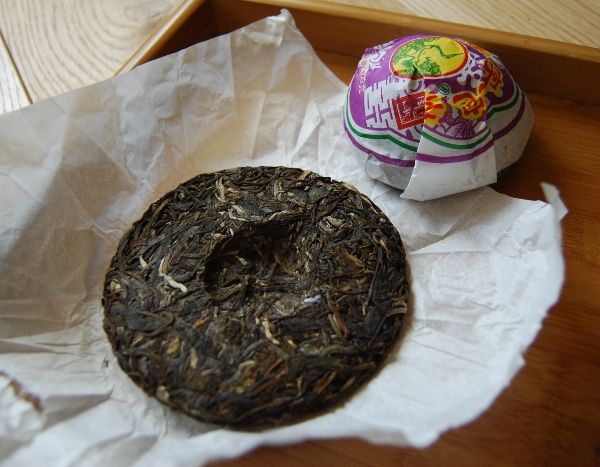
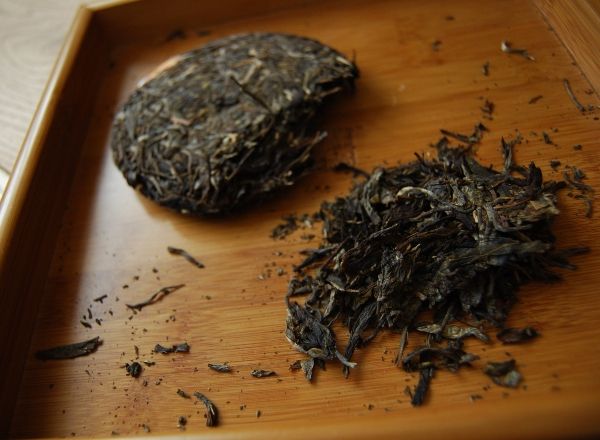
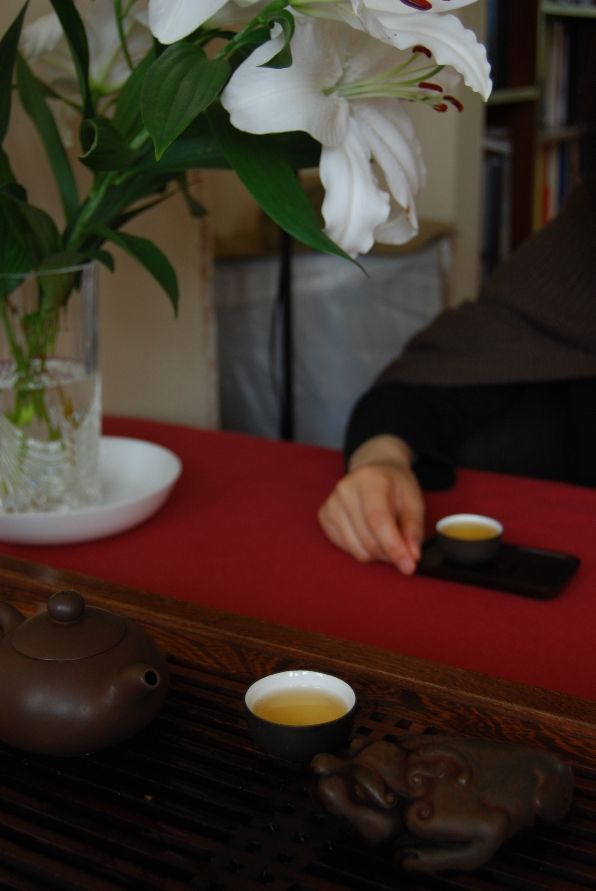
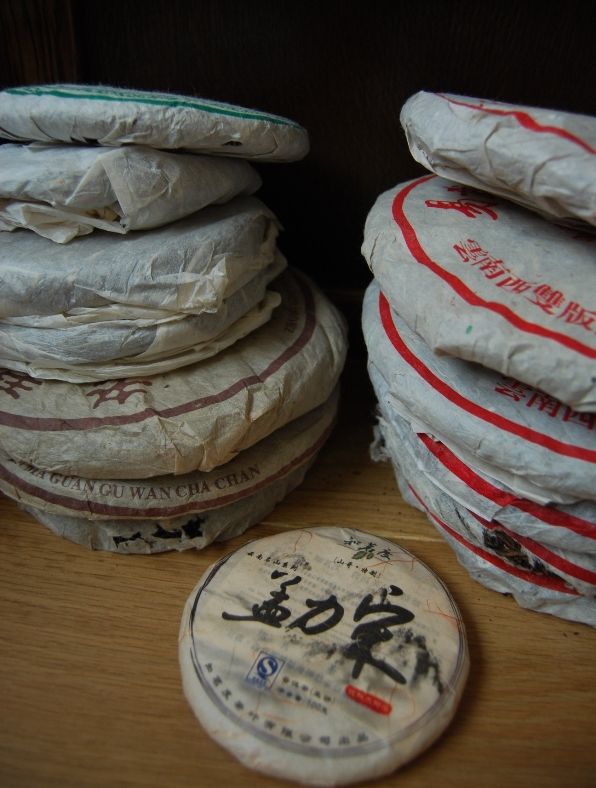
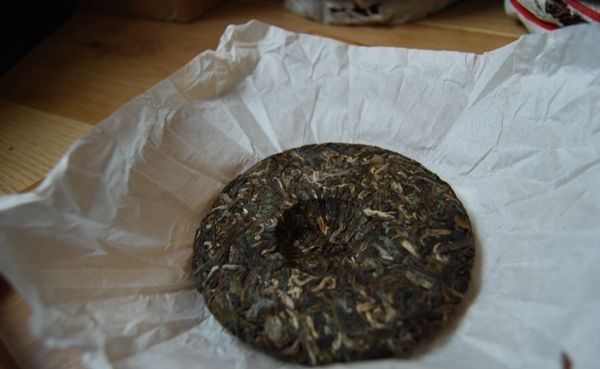

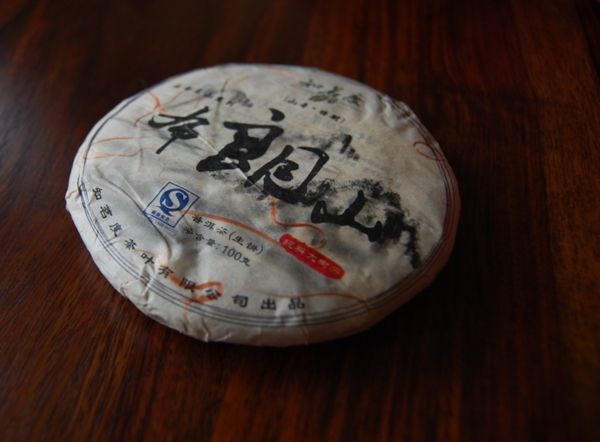
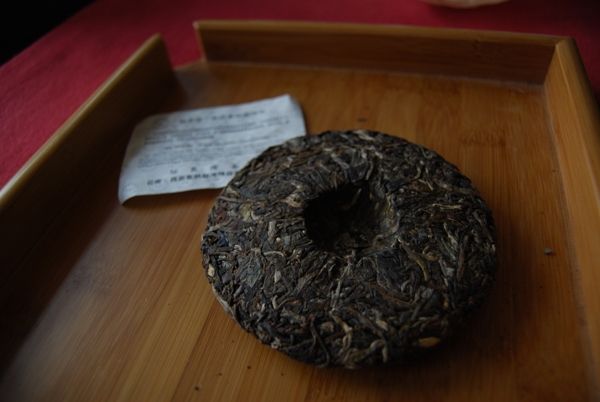
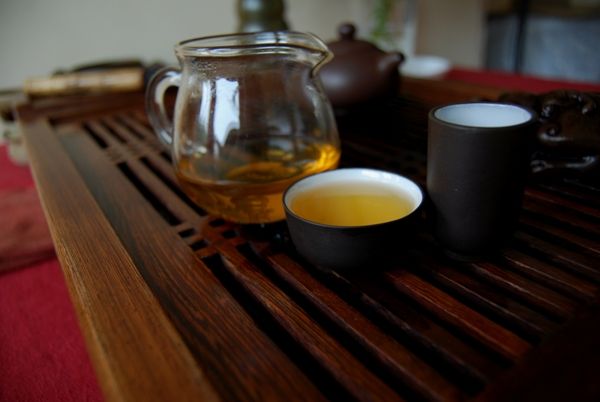
No comments:
Post a Comment
(and thanks)